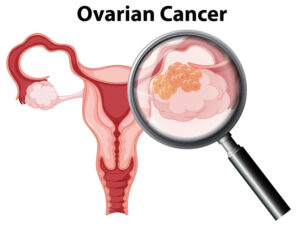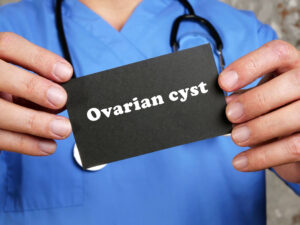I can’t begin to tell you how many times I receive frantic phone calls from patients regarding “abnormal” pap smear results……what does it mean? Do I have cancer? Is my partner cheating on me?
I didn’t have this last year…..how did this happen? Will “it” go away? What do we do?
This blog post is by no means meant to be an in depth presentation on HPV, Cervical Cancer, Screening Guidelines, etc…..We can certainly entertain the aforementioned at another date and time. I did, however, want to give some “helpful hints”/”pointers” that I thought might help you understand the at times confusing world of pap smears.
So you need a colposcopy…….
1. NOOOOO!!! I didn’t say colonoscopy.
If you need a colposcopy, you’ve had an abnormal pap smear of some sort.
A colposcopy isn’t a big deal. It’s really nothing more than a glorified pap smear. The set up is JUST like a pap smear……we put you in stirrups, insert a speculum(plastic or metal depending on physician preference)….then we apply a vinegar-like solution to your cervix(extremely low percent acetic acid). This will help to highlight any areas of abnormality.
After this sets up for a few minutes, we take the instrument known as a colposcope…which really looks like a pair of binoculars on a stick , and look at your cervix. Doing the colposcopy allows us to look at your cervix at a much higher magnification. If any “eyebrow raising” findings are noted…remember, I told you that the vinegar-like solution would highlight any areas of concern…. a biopsy will be performed. NOT to fear…..a biopsy is nothing more than scraping a small amount of cells from the surface of your cervix.
Another procedure that is done during a colposcopy is called an ECC, or endocervical curettage. The purpose of this is to sample cells inside the cervical canal as the cervix is shaped like a tube and colposcopy only allows you to see the outside of the cervix. I ALWAYS warn my patients that this part may be a little crampy. As an aside, ECCs are NOT done during pregnancy!
Afterwards, we may apply a solution like Monsels(honestly, this looks like honey mustard)to the cervix to control any bleeding(which is usually quite minimal) and you’ll return to the office in 1-2 weeks to review results/management. Of note, if the Monsels solution is applied, you may have a coffee ground-like discharge over the next few days.
2. The deal with HPV and cervical cancer is that there is a direct correlation between high risk HPV types and cervical cancer; i.e., cause and effect.
3.We routinely screen folks 30 years of age or older for HPV. To make our lives as gynecologists much less complicated, we group HPV into two categories….low risk types, which are associated with things such as genital warts, and high risk types, which are associated with cervical cancers. Testing positive for the high risk types is how you end up needing a colposcopy.
4. Folks under 30 years of age are not routinely screened for HPV. If, however, a pap smear comes back showing an abnormality, ASCUS(atypical squamous cells of undetermined significance), or LGSIL(low grade squamous intra-epithelial lesion), HPV typing is done.
In women under 25 years of age with findings as noted above(ASCUS or LGSIL), it is acceptable to do HPV typing; however, we routinely will just repeat the pap the following year as HPV has a tendency to clear on its own in young, healthy women. As a result of the aforementioned, as well as past “over treatment” which can lead to pregnancy complications such as shortening of the cervix, and preterm labor, women in this age group are managed a bit more conservatively.
5. HPV is the most commonly sexually transmitted infection….YES, I SAID SEXUALLY TRANSMITTED INFECTION. Most have had it at some point in their lives. It’s difficult to tell exactly when the virus was transmitted or when an individual was infected as symptoms may not surface until years after the initial infection. So ladies, DO NOT go home accusing your partner of cheating!
*The purpose of colposcopies is to take a closer look at the cervix and ensure that a more significant lesion than that noted on the pap smear is not present. As cervical cancers usually DO NOT develop overnight, follow-up with re-paps at a time interval dictated by your physician, is of the utmost importance.
Hoping this blog post adds value to your day!
Until next time,
Look Better. Feel Better. Be Better.
Dr. Angela










